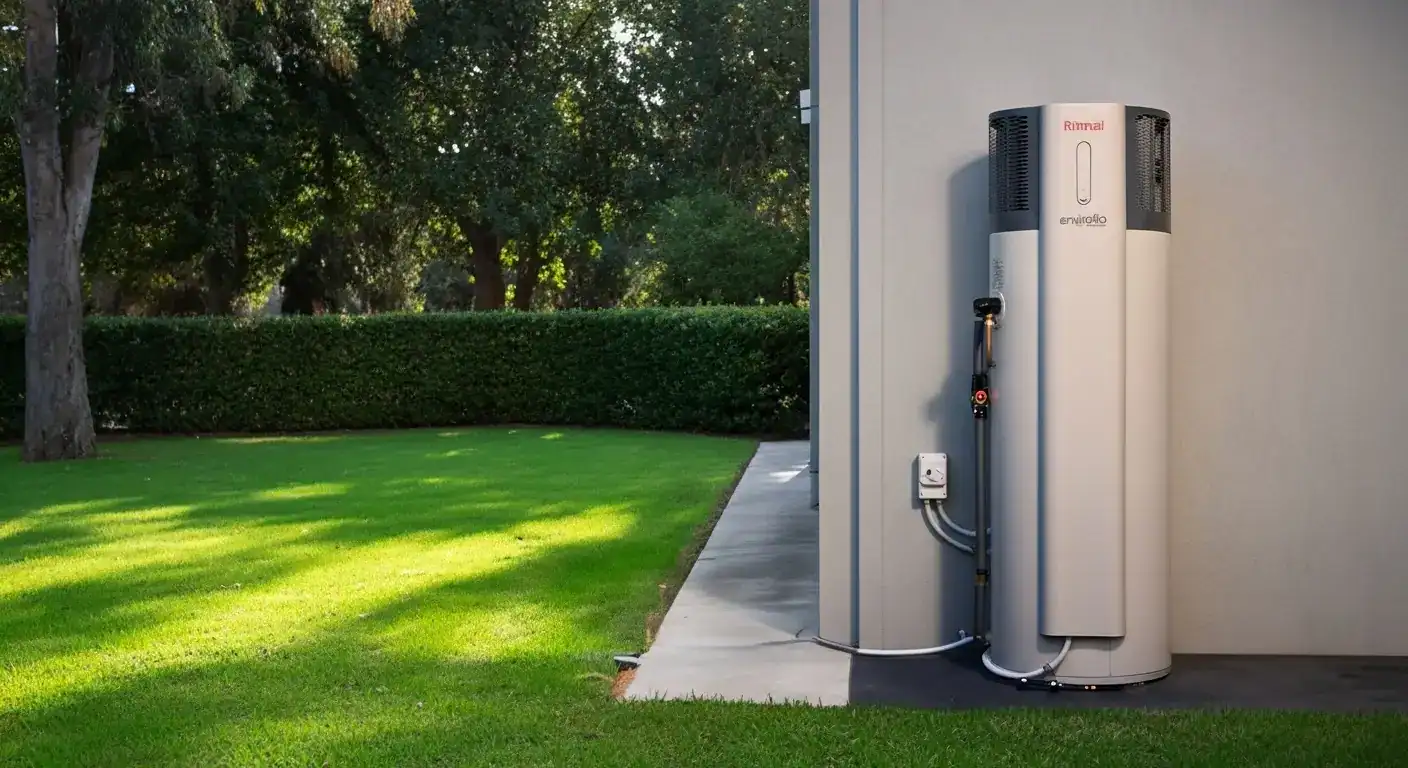Replacing or installing a new hot water system is a big decision. It’s not just about the upfront cost, but also about what system fits your home, how much it costs to run, and whether rebates can soften the blow. In Adelaide, prices vary a lot depending on system type, capacity, brand, labour, and more. This article breaks down realistic cost ranges, influencing factors, and tips so you’re not caught off guard.
Typical Cost Ranges in Adelaide
From talking to local plumbers and checking published guides, here’s a ballpark for what people in Adelaide are seeing:
- A basic electric storage tank system (small to medium size) costs somewhere between AUD 1,000 and AUD 2,000 installed.
- For gas systems (storage or instantaneous), depending on whether existing gas connections are in place or need work, costs can run higher—often AUD 1,500 to AUD 4,000+.
- More advanced systems like heat pumps or solar-boosted hot water units carry a premium. They may reach AUD 2,500 up to AUD 6,000 or more, depending on capacity, model, and complexity.
- If your installation is tricky (hard access, long pipe runs, relocation, additional electrical or gas work), those extra hours and materials can push you beyond the higher end.
These are rough averages. Some local Adelaide plumbers note that in many standard installations, costs fall into the typical electric/gas ranges unless there are complicating factors.
What Drives Variation in Cost
Why is there such a wide spread? Here are the major levers that shift your final cost:
1. System Type
Electric systems are usually the cheapest upfront. Gas systems need gas lines, venting, and safety clearances. Heat pumps and solar-assisted systems have extra components, controls, and sometimes backup heating, which raise the price.
2. Capacity / Tank Size / Flow Rate
A 125–160 L tank will cost less than a 250–315 L version. Also, instantaneous (tankless) systems or continuous flow models must be sized appropriately to match your usage, which can raise the cost per kilowatt of heating capacity.
3. Existing Infrastructure
If there’s already gas piping, electrical wiring, and plumbing near where the unit goes, your labour costs are lower. But if pipes need to be extended, trenching done, wiring upgraded or gas lines run, the cost goes up.
4. Access & Labour Complexity
If your hot water system is tucked away or high up, or if walls or ceilings need cutting, installers charge extra time. Adelaide’s labour rates—plumbers, gas fitters, electricians—also affect your bill.
5. Brand and Efficiency
Premium brands with better warranties, smarter controls, and higher efficiency often cost more. But over the life of the system, the more efficient ones can recoup part of the premium via lower energy bills.
6. Regulatory / Permit / Safety Requirements
In Adelaide / South Australia, compliance with safety standards, gas codes, water regulations, and sometimes permitting or inspection fees can add to the cost.
7. Removal & Disposal of the Old Unit
Don’t forget: removing the old system, disposing it properly, preparing the site, making connections safe—all these are part of the real cost.
Sample Scenario & Cost Breakdown
Here’s a hypothetical but realistic scenario to illustrate how costs stack up:
Suppose a home in an Adelaide suburb is replacing an old electric storage system with a new 200 L heat pump unit.
- Cost of the heat pump system (unit + controls): AUD 2,500
- Additional plumbing, fittings, valves, pipe extension: AUD 400
- Electrical work (wiring, switchboard upgrade): AUD 300
- Labour (plumber, electrician) for 4 hours: AUD 600
- Removal & disposal of old unit: AUD 150
- Safety checks, compliance, testing: AUD 100
Running Costs & Long-Term Value
Upfront cost is just one side. Over time, what you spend on energy, maintenance, and repairs matters more. More efficient systems (heat pump, solar or hybrid) cost more to buy but often less to run. If your electricity is expensive, the extra upfront cost might pay off in a few years.
Also, system longevity and warranty matter. If a cheaper unit fails after 7 years, replacing it again soon might nullify any short-term savings.
Tips to Control Costs
- Get multiple quotes (at least 2–3) and ask each installer for a “breakdown”: unit cost, materials, labour, extras.
- Use installers familiar with Adelaide / SA codes—they’ll avoid surprises.
- Match the system to your usage; don’t oversize too much.
- Ask about incremental installation costs (long pipe runs, access issues) before work begins.
- See whether existing infrastructure (gas/electric/plumbing) can be reused.
- Always check warranty, brand reliability, and parts availability.
Conclusion
In Adelaide, a new hot water system might cost you as little as AUD 1,000–2,000 for a basic electric setup, or go above AUD 5,000–6,000 for more complex, high-efficiency systems or installations with extra work. The real cost depends heavily on your home, usage, and how smooth the install runs.

